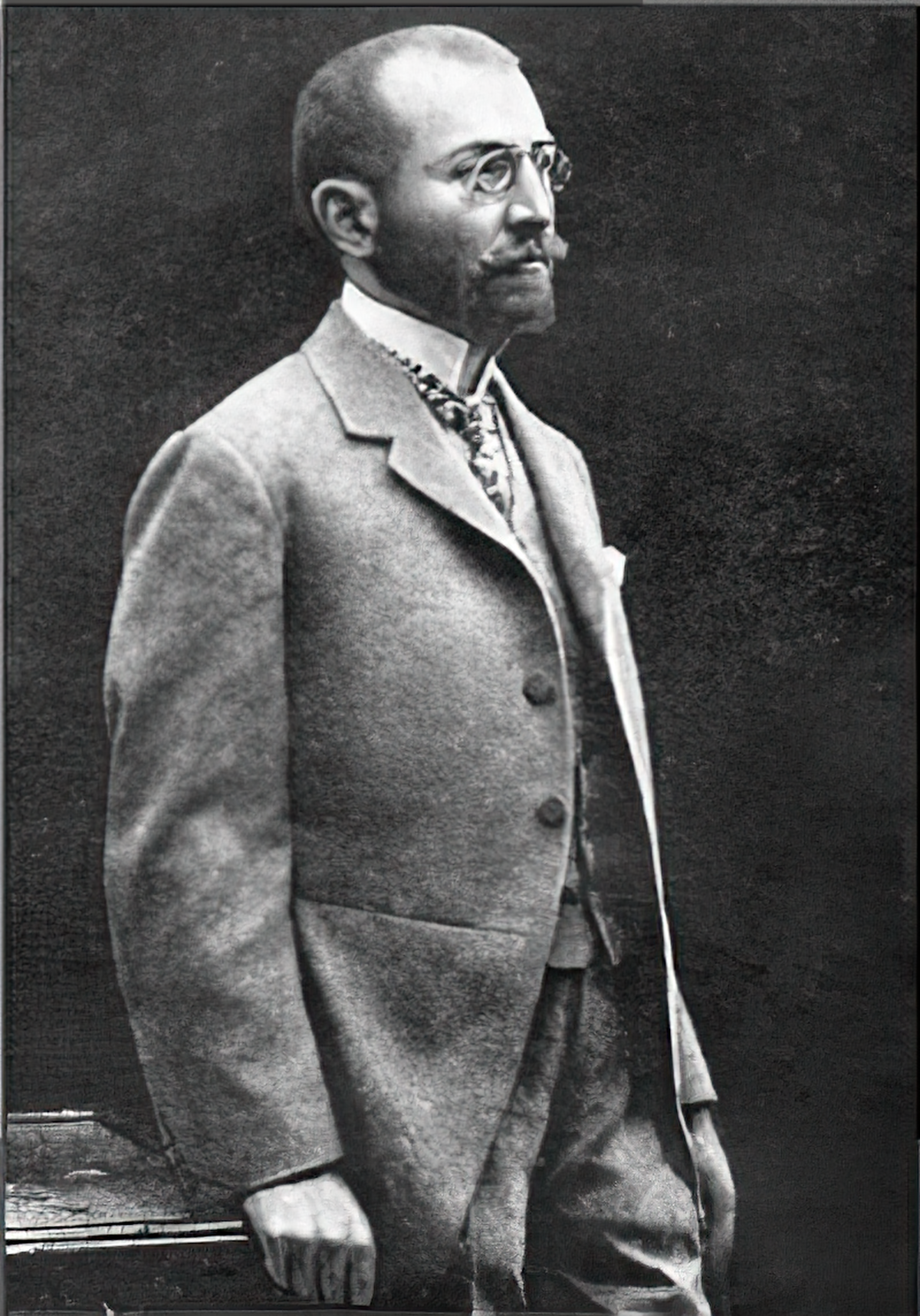|
Armenian Opera
Armenian opera is the art of opera in Armenia or opera by Armenian composers. The founder of the Armenian operatic tradition was Tigran Chukhajian (1837–98), who was born in Constantinople in the Ottoman Empire and received his musical education in Milan, where he became a great admirer of Verdi. He was a political and musical nationalist who mixed Western and Armenian influences in his work. His ''Arshak Erkrord'' is regarded as the first Armenian opera. It was written in 1868 but had to wait until 1945 for a full staging. The libretto, by Tovmas Terzian, is based on the life of the 4th-century king Arsaces II (Arshak II). Chukhadjian's other operas include ''Arifi khardakhutyune'' (''The Government Inspector'', based on the play by Gogol, 1872); ''Zemire'' (1891), which was written in Turkish and premiered in Constantinople; as well as ''Kyose Kyokhva'' ("The Balding Elder"), ''Lelebidj'' ("The Pea Seller") and ''Indiana''. The next important composer of Armenian opera was ... [...More Info...] [...Related Items...] OR: [Wikipedia] [Google] [Baidu] |
Opera
Opera is a form of theatre in which music is a fundamental component and dramatic roles are taken by singers. Such a "work" (the literal translation of the Italian word "opera") is typically a collaboration between a composer and a librettist and incorporates a number of the performing arts, such as acting, scenery, costume, and sometimes dance or ballet. The performance is typically given in an opera house, accompanied by an orchestra or smaller musical ensemble, which since the early 19th century has been led by a conductor. Although musical theatre is closely related to opera, the two are considered to be distinct from one another. Opera is a key part of the Western classical music tradition. Originally understood as an entirely sung piece, in contrast to a play with songs, opera has come to include numerous genres, including some that include spoken dialogue such as '' Singspiel'' and '' Opéra comique''. In traditional number opera, singers employ two styles of ... [...More Info...] [...Related Items...] OR: [Wikipedia] [Google] [Baidu] |
Turkish Language
Turkish ( , ), also referred to as Turkish of Turkey (''Türkiye Türkçesi''), is the most widely spoken of the Turkic languages, with around 80 to 90 million speakers. It is the national language of Turkey and Northern Cyprus. Significant smaller groups of Turkish speakers also exist in Iraq, Syria, Germany, Austria, Bulgaria, North Macedonia, Greece, the Caucasus, and other parts of Europe and Central Asia. Cyprus has requested the European Union to add Turkish as an official language, even though Turkey is not a member state. Turkish is the 13th most spoken language in the world. To the west, the influence of Ottoman Turkish—the variety of the Turkish language that was used as the administrative and literary language of the Ottoman Empire—spread as the Ottoman Empire expanded. In 1928, as one of Atatürk's Reforms in the early years of the Republic of Turkey, the Ottoman Turkish alphabet was replaced with a Latin alphabet. The distinctive characteristics of the Turk ... [...More Info...] [...Related Items...] OR: [Wikipedia] [Google] [Baidu] |
Alexander Spendiaryan
Alexander Afanasyevich Spendiarov (Spendiaryan) (russian: Александр Афанасьевич Спендиаров, hy, Ալեքսանդր Ստեփանոսի Սպենդիարյան, November 1, 1871, Kakhovka, Russian Empire – May 7, 1928, Yerevan, Armenia) was an Armenian and Soviet music composer, conductor, founder of Armenian national symphonic music. Biography Alexander Spendiarov was born on 1 November (as 20 October) 1871 in Kakhovka, province of Tavrik (modern Ukraine). His artistic abilities were formed in early childhood. He inherited his musical abilities from his mother who played piano. When Alexander Spendiarov was seven he wrote a waltz. In 1890 he went to Moscow and studied for one year in the Natural Sciences faculty of Moscow University, and then in 1894 he graduated from the Law faculty. At the same time he continued his violin classes. In 1896 Alexander Spendiarov went to St. Petersburg to show his compositions to Nikolai Rimsky-Korsakov, who ... [...More Info...] [...Related Items...] OR: [Wikipedia] [Google] [Baidu] |


